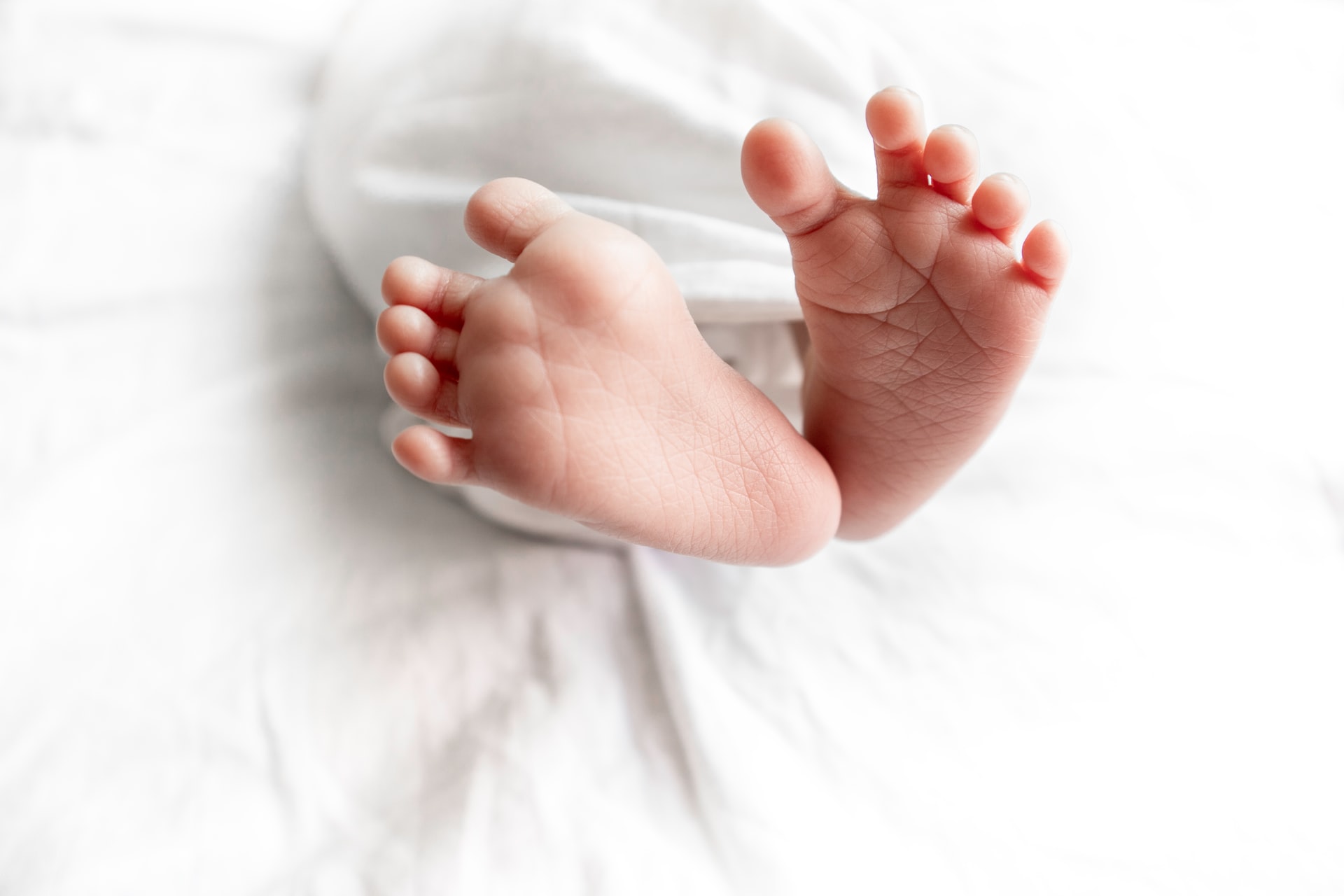Spinal muscular atrophy (SMA) is a motor neuron disease leading to irreversible muscle weakness, affecting around 30 Australian families each year. One in 10,000 live births in Australia are affected by SMA. In its severest, untreated form, it was considered the leading genetic cause of infant death.
While there is currently no cure for SMA, recent drug advancements mean there are new disease modifying treatments available, giving families much needed optimism. The first treatment for SMA was approved in Australia in 2018. As early therapeutic intervention has shown to improve survival, reduce morbidity and facilitate functional motor skill development, an expedited route to diagnosis is important. Newborn screening for SMA enables this to happen.
Inclusion of SMA into newborn screening programs was previously limited due to the lack of a disease-modifying intervention. However, an Australian pilot program conducted by medical researchers from UNSW Sydney reveals there is now overwhelming support for newborn screening for the condition.
Surprisingly, even families with babies that tested positive to SMA and chose not to proceed with therapeutic intervention straight away still voiced positive sentiments about the program and advocated for its long-term applicability.
Nine countries currently conduct newborn screening for SMA, while in Australia a pilot program is currently in place until 2022 in NSW and the ACT. The purpose of the program is to inform considerations for routine national adoption in Australia and overseas and to record the parents' and healthcare professionals' clinical journeys.
Early detection is key
The medical research team conducting the pilot program — which includes UNSW’s Dr Didu (Sandi) Kariyawasam and Associate Professor Michelle Farrar — say the benefit of early diagnosis, promotion of access to management options and potential for better clinical outcomes all appear to outweigh concerns regarding potential harm surrounding the impact of the diagnosis on early experiences of the family.
"Early detection of these rare and life-threatening conditions will improve access to clinical trials and early treatment," said Associate Professor Farrar.
The landscape for the SMA community has changed rapidly in the last few years with not one but three potential treatments being researched and developed. These include nusinersen, onasmenogene abeparvovec (gene therapy) and risidiplam.
"Each year, the NSW and ACT newborn screening program tests over 100,000 babies, using a dried blood spot taken from the heel within the first few days of life. In 2018, screening for SMA was included for the first time in the program. This was run as a pilot so that the usefulness, acceptability, and feasibility of the inclusion of SMA could be determined," continued Associate Professor Farrar.
"The overall aim of this study was to detail parents’ and healthcare professionals’ experiences of taking part in the newborn screening program for SMA that ran across NSW and ACT. We looked at parents’ perceived benefits and disadvantages associated with taking part in the newborn program for SMA, changes in their quality of life throughout the program, and how they felt about the efficiency and quality of services provided to them.
"From a healthcare professional perspective, we looked at barriers and facilitators of implementation. We evaluated recommendations from both parents and healthcare professionals on how to improve the program."
The participants
More than 200,000 babies were screened for SMA by a heel prick test in NSW and the ACT over a two-year period by the NBS/ACT NBS laboratory. Parents of all newborns who tested positive for SMA from 1 August 2018 and 31 July 2020 were invited to participate in the study and were given a specifically designed questionnaire and quality of life survey to fill in.
There was a spectrum of clinical presentations among the newborns identified as screen positive for SMA and a range of different therapeutic avenues were pursued. The therapeutic avenues included approved treatments such as nusinersen or treatment with novel therapeutics including onasemenogene abeparvovec and risidiplam, accessed through clinical trials or compassionate use programs.
"Stakeholder views provide vital information on key implementation areas in line with international and national newborn screening guidelines, including the provision of safe, acceptable, equitable and high-quality care. The feedback from parents and healthcare professionals is important to improve the efficacy and efficiency of the service and provide evidence to support sustainable practices for future generations," said Dr Kariyawasam.
Together, these studies will inform the Australian National Standing Committee on the value of a national rollout of newborn screening for SMA.
The research team working on this study within the pilot program includes Dr Didu Kariyawasam, A/Prof. Michelle Farrar, Professor Claire Wakefield, Dr Janine Vetsch and Dr Arlene D'Silva from UNSW; and Dr Veronica Wiley from the University of Sydney.
The study was funded by Luminesce Alliance. Dr Kariyawasam received funding from the RTP Scholarship, UNSW and The Freedman Family Foundation Scholarship, Sydney Children’s Hospital Foundation. Funders did not have a role in the design of the study or the interpretation of the results.
The full research paper is published in The Lancet EClinical Medicine.

